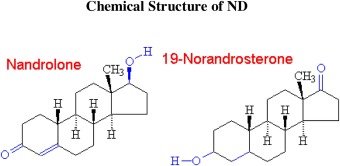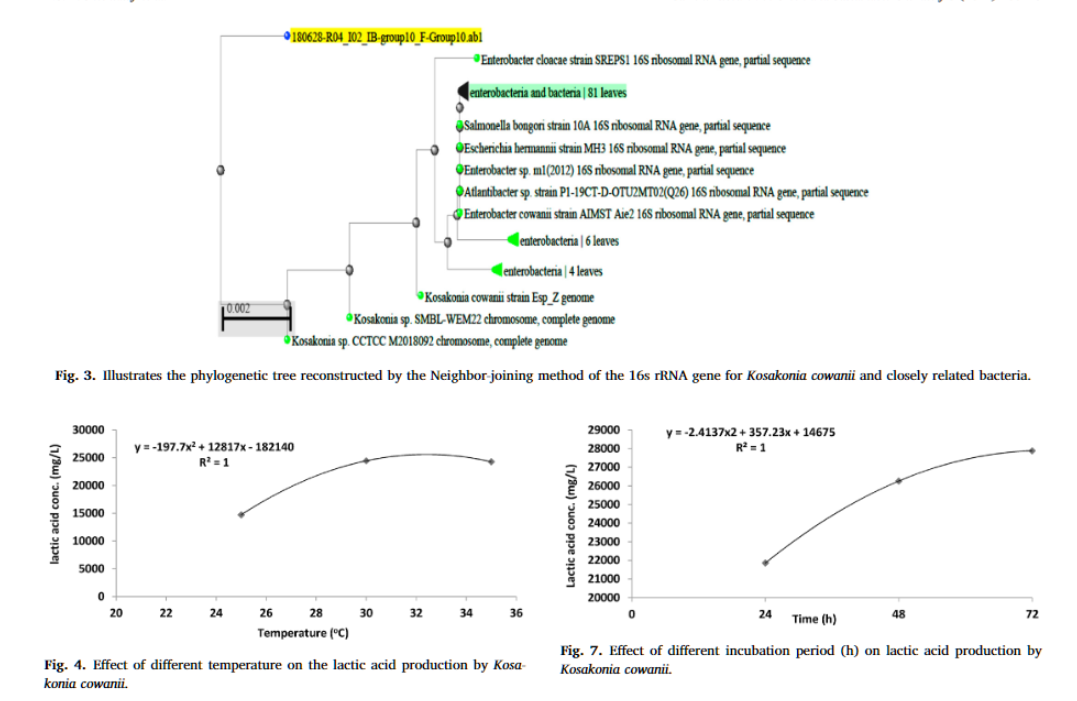Comparative 16S Metabarcoding of Nile Tilapia Gut Microbiota from the Northern Lakes of Egypt
Nile tilapia, Oreochromis niloticus, is the principal fish bred in Egypt. A pilot study was designed to analyze the bacterial composition of the Nile tilapia fish guts from two saltwater lakes in Northern Egypt. Fish samples were obtained from two Delta lakes: Manzala (ML) and Borollus (BL). DNA was extracted, and the bacterial communities in the stomach content were classified (down to the species level) using the 16S rRNA-based analysis. From the two metagenomics libraries in this study, 1,426,740 reads of the amplicon sequence corresponding to 508 total taxonomic operational units were recorded. The most prevalent bacterial phyla were Proteobacteria, Firmicutes, Actinobacteria, and Synergistetes in all samples. Some of the strains identified belong to classes of pathogenic zoonotic bacteria. A notable difference was observed between gut bacteria of Nile tilapia fish obtained from BL and ML. There is a remarkable indication that Nile tilapia fish living in BL is heavily burdened with pathogenic microbes most remarkably those involved with methylation of mercury and its accumulation in fish organs. These pathogenic microbes could have clinical implications and correlated with many diseases. This result was also consistent with the metagenomic data’s functional prediction that indicated that Nile tilapia species harboring these two Egyptian northern lakes may be exposed to numerous anthropogenic pollutants. The findings show that the host environment has a significant impact on the composition of its microbiota. The first step towards exploring the better management of this profit-making fish is recognizing the structure of the microbiome. Graphical abstract: [Figure not available: see fulltext.] © 2021, The Author(s), under exclusive licence to Springer Science+Business Media, LLC, part of Springer Nature.




